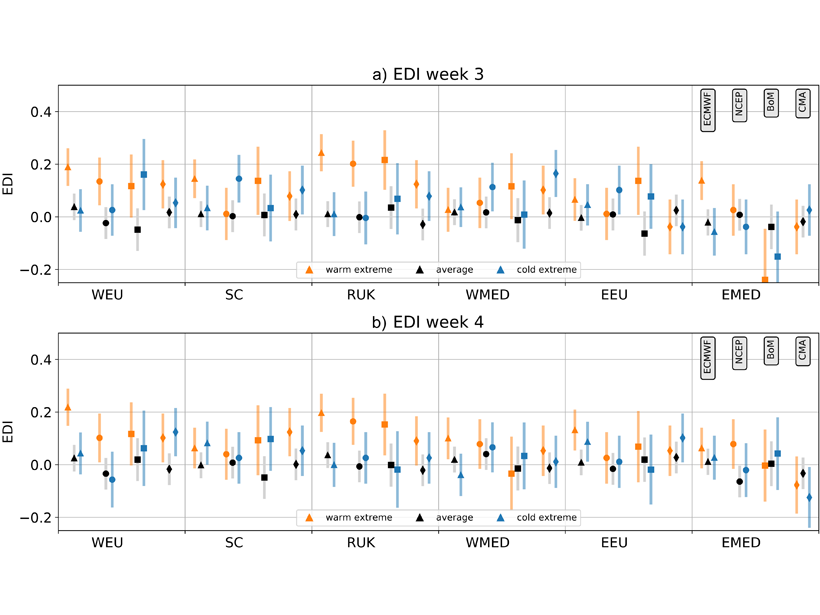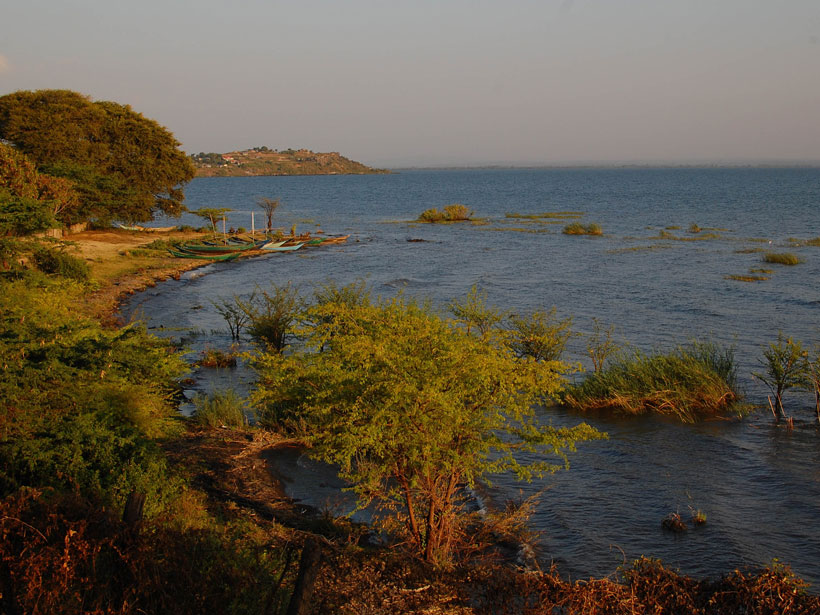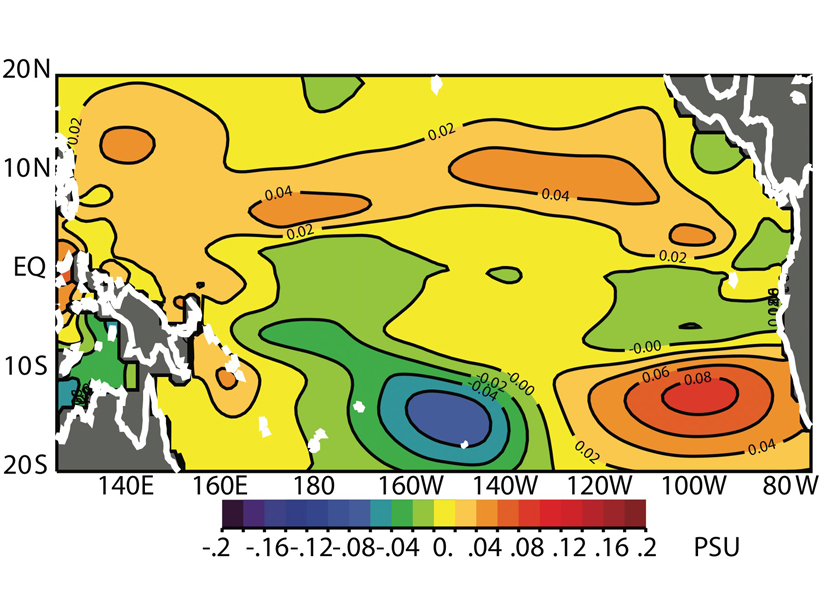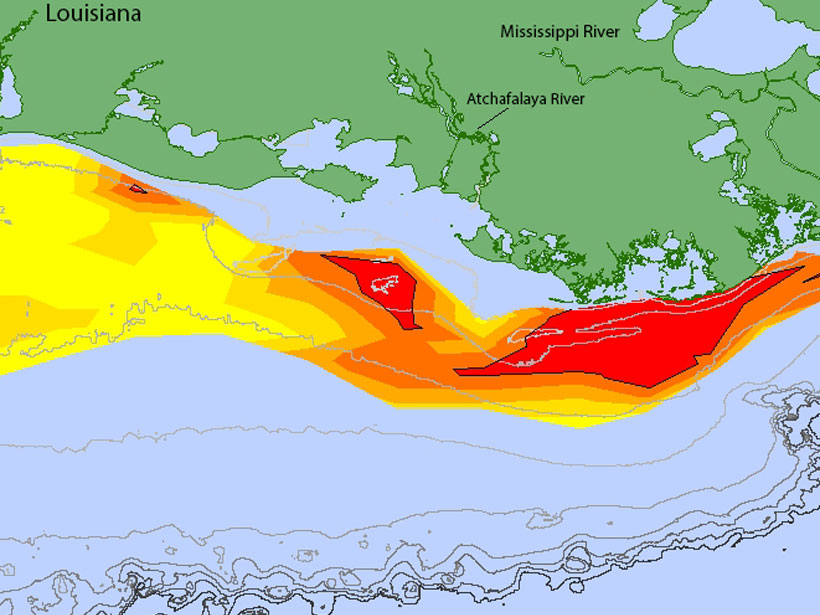Researchers used machine learning to develop a model that can predict lightning strikes to within 30 minutes of their occurrence and within 30 kilometers of a weather station by using just four simple atmospheric measurements.
forecasting
Emerging Controversy in Madden-Julian Oscillation Prediction
The Quasi-Biennial Oscillation modulates the Madden-Julian Oscillation in observations, but it does not significantly influence prediction skills in a multi-model assessment.
What Is Left in the Air After a Wildfire Depends on Exactly What Burned
Forecasting air quality after a wildfire is improving, thanks to more-refined models that measure the biomass going into the blaze and the emissions coming out.
Extreme Summer Heat over Europe Is Predictable Week-to-Week
Forecasts made one to a few weeks in advance, known as “subseasonal to seasonal” predictions, show more skill in predicting extreme summer heat waves over Europe than spells of normal or cold weather.
Dire and Drier Future for Lake Victoria
In the past, Lake Victoria dried out swiftly and often when rainfall was limited. Climate change might bring about those conditions again within a century.
Yet Again, Warmer Winter Looms for U.S.
NOAA’s winter forecasts are less confident than usual except in Alaska and Hawaii. Expect to see a lot of weather variability in the coming months.
Artificial Intelligence May Help Predict El Niño
Deep learning techniques give scientists the longest–lead time forecasts yet.
Forecasting Solar Storms in Real Time
Predicting when solar storms will hit Earth remains a tricky business. To help, scientists can now submit their forecasts of coronal mass ejections online as they unfold in real time.
Salinity from Space Improves El Niño Forecasts
Assimilating satellite observations of ocean surface salinity significantly improves coupled model forecasts of El Niño.
Gulf Dead Zone Looms Large in 2019
A new forecast predicts widespread hypoxia after a wet Midwest spring.

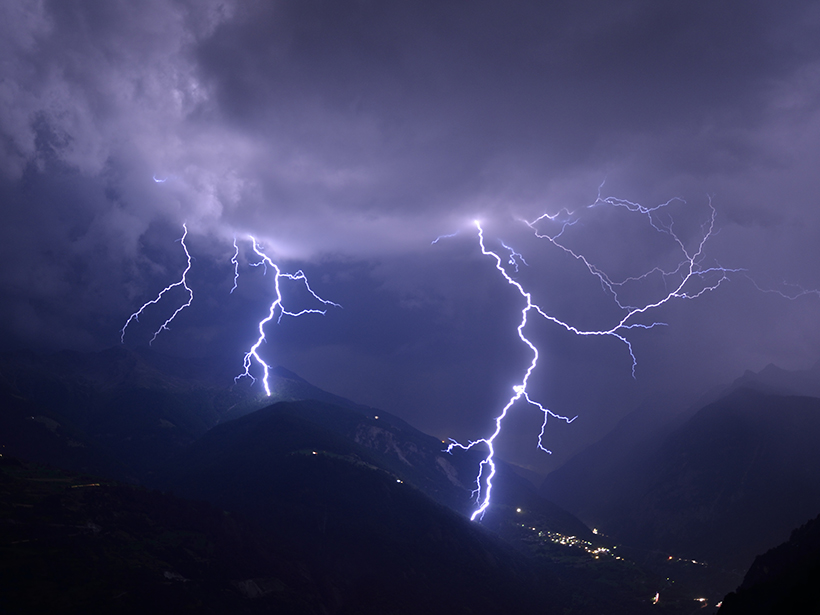
![Charts relating to the results presented in Kim et al. [2019]](https://eos.org/wp-content/uploads/2020/01/2019JD031416_Figure-4-sized-for-Eos.png)

